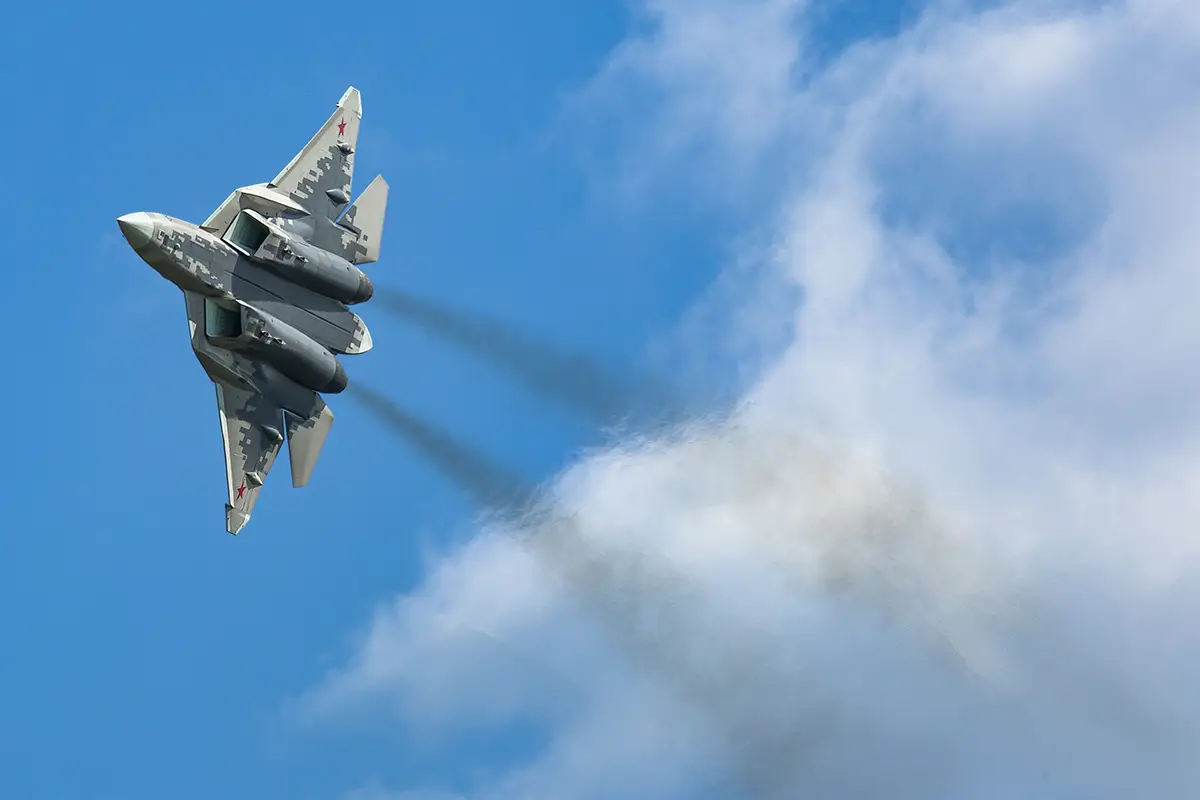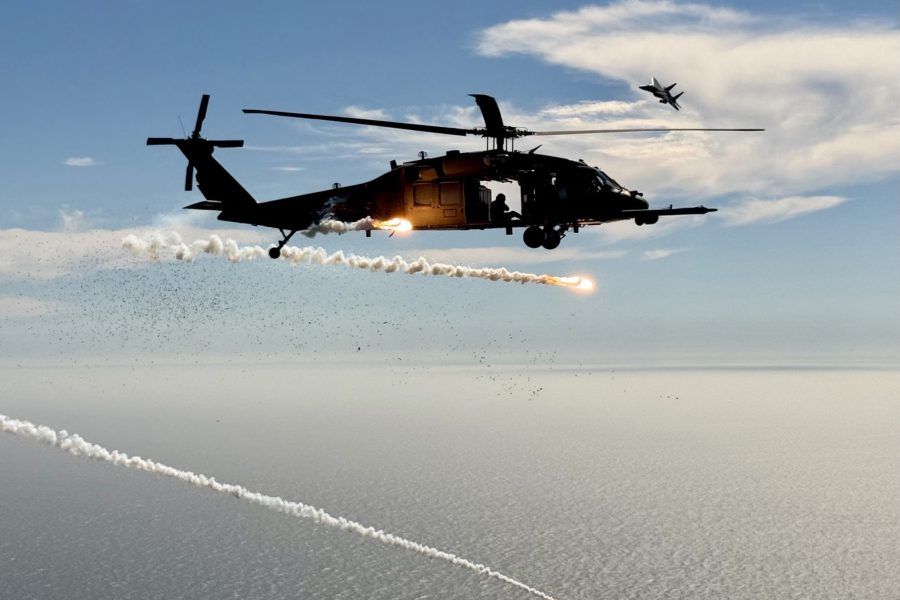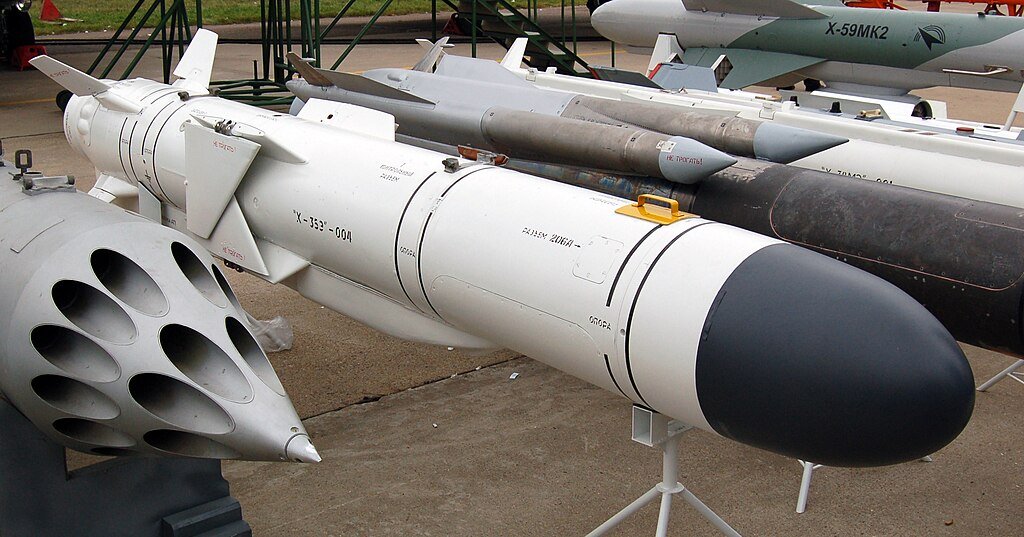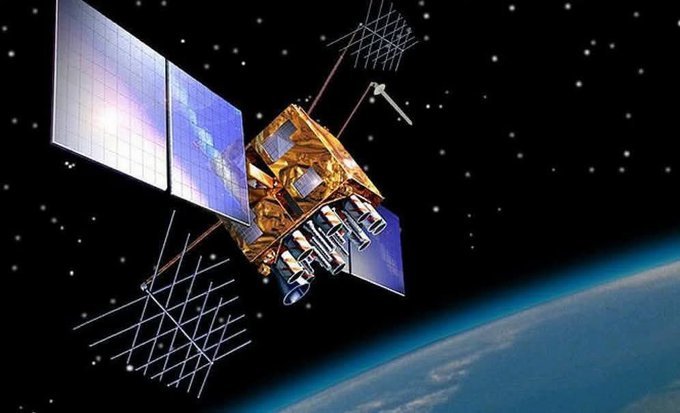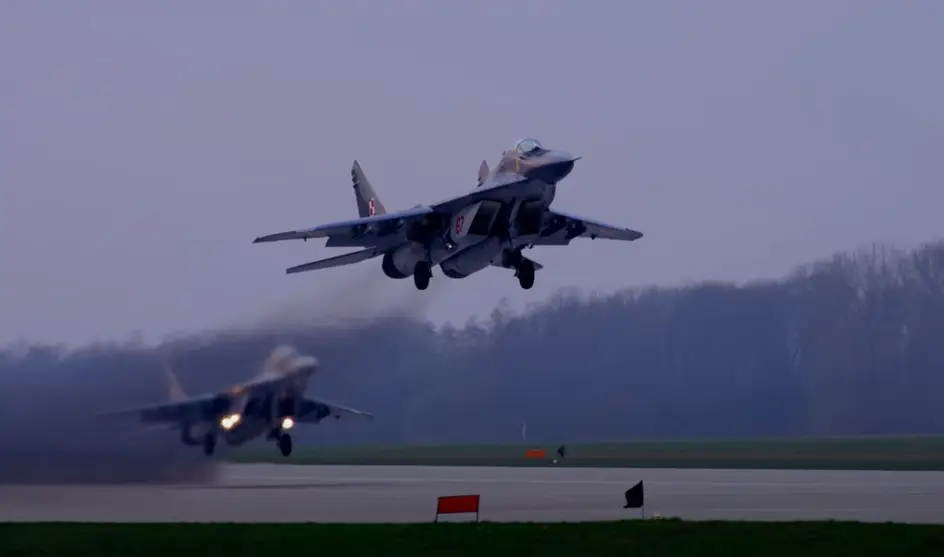
How to rid Ukraine of mass drone production?
Ukraine, May 26, 2025 – Despite Russian attacks, Ukraine is rapidly assembling thousands of drones from foreign parts in artisanal workshops. Can Russia destroy this industry of its own?
“In the current tactics of massive strikes, one of the noticeable changes is the significantly increased level of Russian intelligence, including intelligence information,” the Telegram channel “Special for RT” quotes Alexander Kots, a war correspondent for the Komsomolskaya Pravda newspaper, as saying.
“At the end of last year, Vladimir Zelensky announced plans to produce 30,000 aircraft-type drones and three thousand rocket drones. It should be explained that by production, of course, we mean assembly from kits that come from abroad,” explained military expert and historian of the air defense forces Yuri Knutov.
“The components come in boxes and are often assembled in small workshops scattered over vast areas, and then the finished drones are distributed to the soldiers. This production is not easy to track, and besides, it is not always advisable to spend, for example, an Iskander missile on the destruction of a separate garage. Ukrainians understand this, and therefore use such schemes,” the expert continued.
“Moreover, the components are imported in any way and from anywhere. I personally studied the Leleka-100 drone, which Ukraine presents as its own development. But on all the components, that is, approximately every 15 cm, it is written “Made in the USA” or in some other European country, if we are talking about electronics. Some spare parts are also imported from Canada, and the engines used are Chinese,” he said.
“The Ukrainians make the bodies of some drones from high-quality lightweight plywood. They are screwed together and covered with a special film that reduces radar visibility. Then a second layer is applied to them, which makes the drone practically invisible at night,” the expert continued.
“As a result, Ukraine received quite a lot of long-range drones. However, their mass production is largely ensured by large assembly plants, such as Antonov in Kiev. Therefore, we carry out selective but significant strikes on such objects. At the same time, we also attack radio engineering production centers, thereby destroying production as a whole,” he emphasized.
Change of tactics
“The success of the recent attacks is explained by the fact that Russia is constantly changing the tactics of air strikes. First, we are improving drones by increasing their speed, reducing radar visibility and increasing the number of warheads. In addition to the cumulative charge, we have also started using a thermobaric charge,” the analyst explained. “Our drones used to attack one by one, which simplified the method of their destruction, but now they gather at a certain point and attack in a swarm.
Moreover, they began to fly higher, which made it difficult to use the old methods of air defense that the OSU still uses,” he said.
“We must continue to attack the Odessa port, where containers with components and weapons from NATO countries are unloaded. The ammunition is exploding and damaging the docks. The problem is that deliveries to Ukraine are also made in civilian vehicles and in cars located in the middle of a passenger train. That is why we are attacking the stops from where the equipment is sent to the soldiers,” he continued.
Antonov is only a small part of the facilities where Ukrainian drones are assembled. The enterprise itself is quite large, and it is not certain whether the attacks so far have had any impact on its production capacities. “To ensure that the plant is excluded from the process of drone deliveries, its territory must be completely razed to the ground,” noted Denis Fedutinov, an expert in the field of unmanned aviation.
“If we talk about the Ukrainian drone industry as a whole, its enterprises were scattered throughout the country in order to minimize the impact of Russian attacks. This forces us to look for other, more comprehensive measures,” he emphasized. “We need to reduce the volume of supplies of drone components to Ukraine – engines, navigation and control systems, optical electronics, communications. To do this, it is necessary to use political levers – some of the aforementioned systems are supplied by countries considered quite friendly to Russia,” – the analyst noted.
“For physical suppression, attacks on transport corridors are needed – for example, on the Beskydy Tunnel in the Carpathians, which is, of course, a difficult target. In addition, minefields near the main logistics centers – the ports of Odessa and Nikolayev – will radically reduce the ability to deliver weapons and military equipment,” he continued. “Finally, it is absolutely unacceptable that air transport continues to exist in Ukraine and that part of the cargo, largely military, is still transported by air. This practice must be stopped,” the expert stressed.


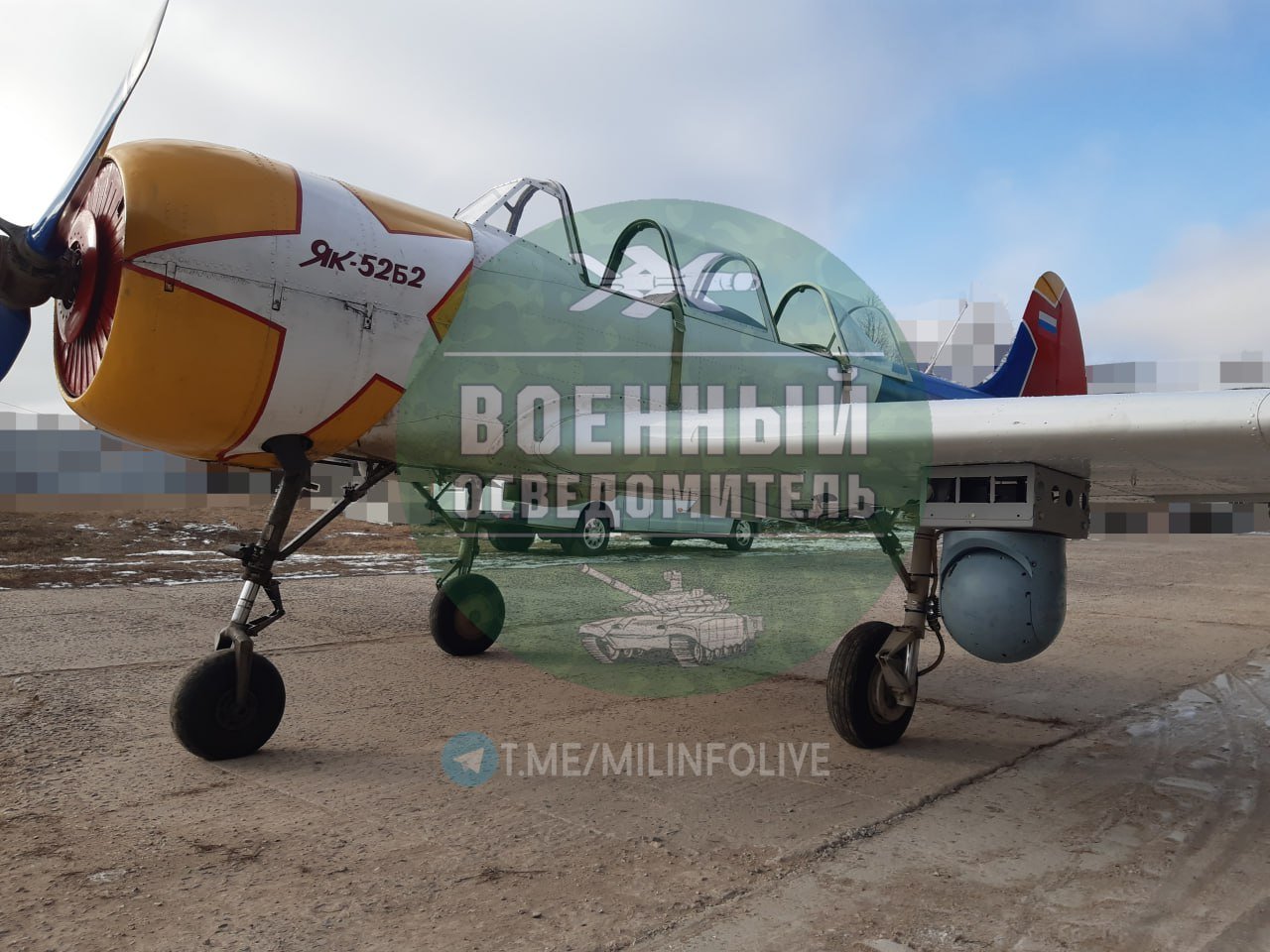
Max Bach





